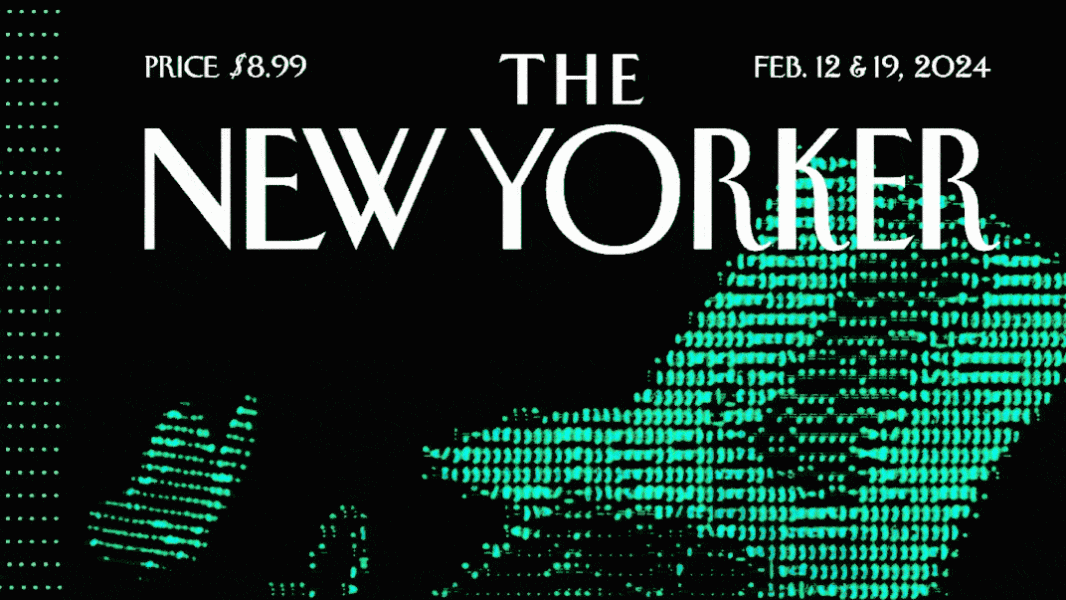
Save this storySave this storySave this storySave this story
Early in 1925, Harold Ross set out to revolutionize “the humorous magazines of the country,” which, in his mind, “weren’t very funny, or meritorious in any way.” Ross and his wife, the fellow-journalist Jane Grant, had met in Paris, but by the mid-twenties they were living the literary high life in New York—regularly hosting the likes of Edna St. Vincent Millay and F. Scott Fitzgerald—and had long dreamed of starting their own publication. When the opportunity and the financing came, Grant pushed for a sophisticated humor weekly; Ross embraced the idea, declaring that The New Yorker would be a “reflection in word and picture of metropolitan life.”
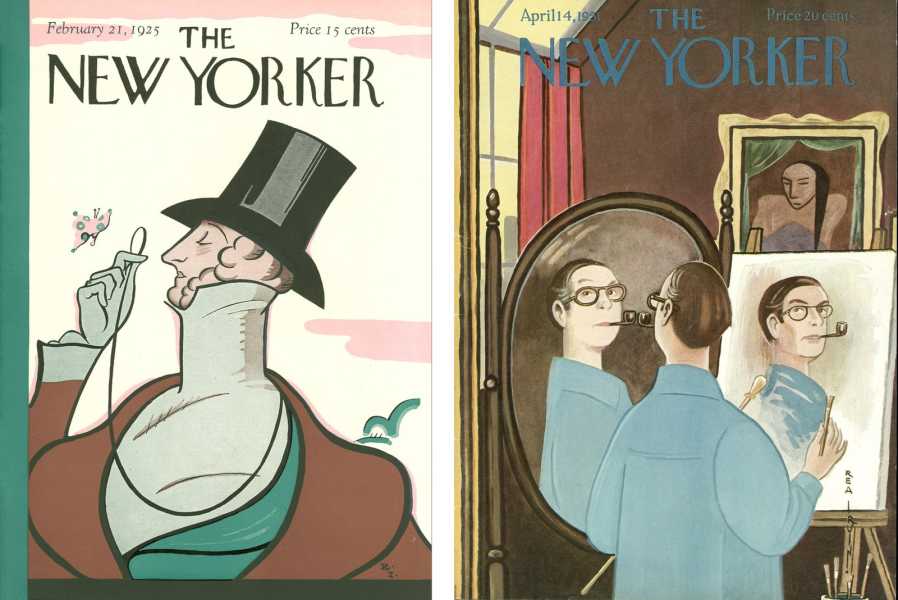
Rea Irvin’s enduring first cover for the magazine in 1925, and his self-portrait for a 1951 issue, two of his hundred and sixty-nine covers that The New Yorker published between 1925 and 1958.
The magazine’s first employee was Rea Irvin, a charismatic and worldly man-about-town—known for his distinctive fedora with a wide brim—who had been an actor, a comic-strip artist, and an art editor. For the cover of the first issue, Irvin dismissed the proposed idea of a theatre curtain opening onto a city skyline, and instead drew an outdated, foppish dandy examining a butterfly through his monocle. Irvin’s drawing provided Ross with exactly what he was after: an amusing image that communicated an attitude of gravity and sophistication while simultaneously mocking it. Over the years, Irvin’s dandy became the magazine’s image de marque, embodying both its unwavering intellect and the tongue-in-cheek attitude of many of its contributors.
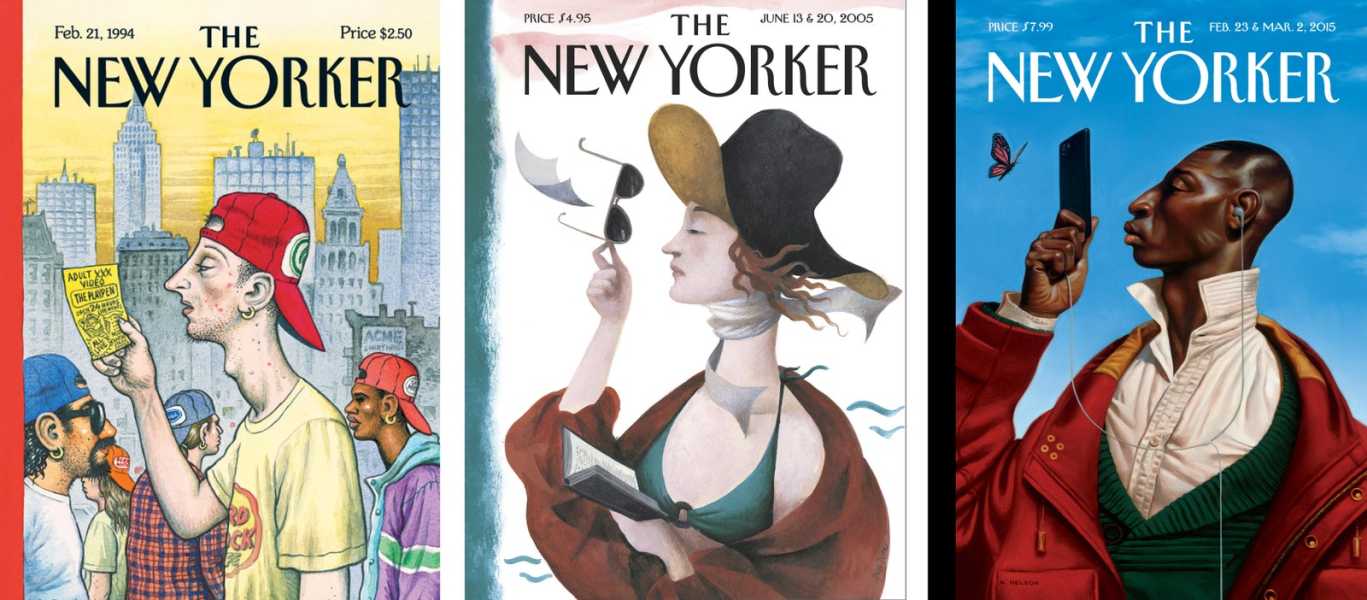
R. Crumb, in 1994; Ana Juan, in 2005; and Kadir Nelson, in 2015, found their own ways to reinterpret Rea Irvin’s simple profile.
In February, 1926, the dandy—by then dubbed Eustace Tilley—returned to the cover to celebrate the magazine having survived its first year. (It nearly didn’t.) The tradition has endured and has been observed in various interpretations for the past ninety-nine years. Nicholas Konrad, the artist behind the reimagined dandy for the February 12 & 19, 2024, issue, has been an art director for the magazine since 2021; this is his first cover. “The New Yorker’s history is one of erudition and idiosyncrasy and imagination,” Konrad said. “In an era where too much is reduced to binaries, I hope that the publication will continue to chart its own path, just like Irvin’s butterfly.”
For more Eustace Tilley covers, see below:
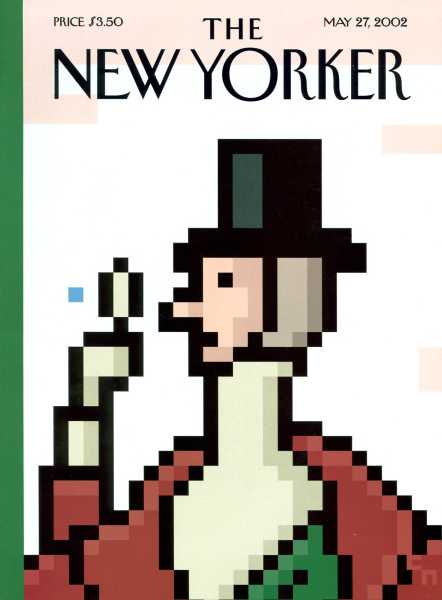
“Icon,” Christoph Niemann
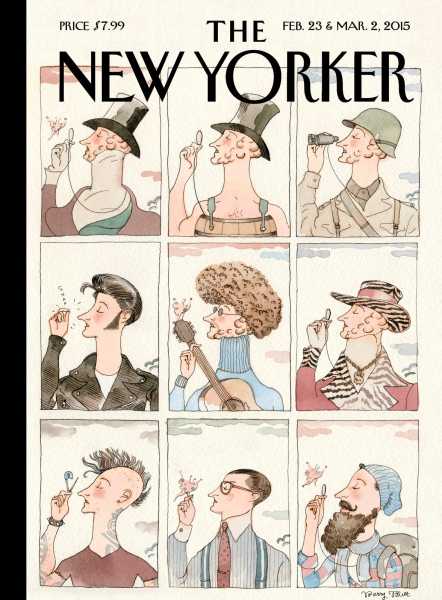
“Nine for Ninety,” Barry Blitt
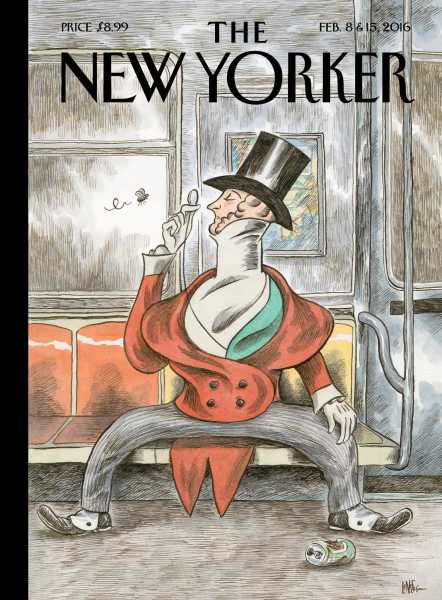
“Eustace Spreads Out,” Ricardo Liniers
Find covers, cartoons, and more at the Condé Nast Store.
Sourse: newyorker.com